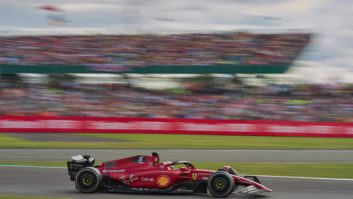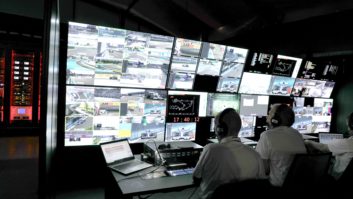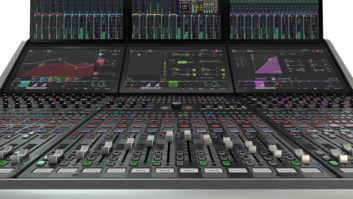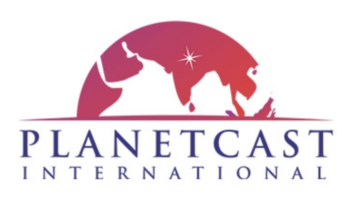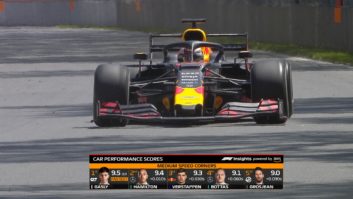At last year’s British Grand Prix, Formula 1’s director of media and broadcaster Dean Locke told TVBEurope that the sport was working on developing more workflows in the cloud as it looked to innovate its TV coverage. More than 12 months on, we caught up with Pete Samara, director of innovation and digital technology at Formula 1, to find out how that plan has progressed.
While the team at Formula 1 is still exploring delivering the main broadcast feed via the cloud, the sport is using the cloud for distribution of some additional content to rights holders. “We’re always looking at how we can expand and be more efficient,” says Samara. “So from a distribution point of view, we’re still exploring what the right answer is long-term. But we have started to leverage cloud to deliver the feeds to F1 TV, and also where we’ve got additional content channels and some broadcasters who want to get content in that way.
“We’ve moved on from last year and kind of taken the first step, but we’re very cautious,” he admits. “We want to make sure we’re about robust, reliable, high quality products and streams. Whoever our partner is, we want to make sure we’re not making changes until they want that change.”
Archiving in the cloud
One area where Formula 1 has found cloud to be essential is in moving its archive away from tape. The company is already in partnership with AWS on a number of projects, including what Samara describes as the “significant” move of its archive into the cloud. “The cloud is really about flexibility and scale. Get into the cloud everything you can that’s going to give you a big sense of scale,” he advises.
The project to move the sport’s archive into the cloud is only just in its first phase, with much more to do. That includes looking at what should and shouldn’t be in deep storage, as well as architecting a solution and then pressing go. “Architecting was the first bit of work, and now we want to put all archives in the cloud.”
Formula 1’s archive already stands at petabytes of content with more added every single race weekend, including every practice session, qualifying and the race itself. “Our archive history is yesterday and the last session,” states Samara. “Live is now, everything else is archived.
“Once that’s available and accessible, just the fact that it’s in the cloud means that we can stop thinking about it a little bit from a growth point of view and know it’s managed in a sensible way.”
- Red Bull Racing stages F1’s first virtual production shoot
- How AI is helping Formula 1 expand its audience
- Formula E races off with 50 miniature cameras
Artificial intelligence
The next step is to add a layer of machine learning and artificial intelligence to help increase the value of content in the archive. “There’s loads of metadata already there, added by our live teams. But the next era is actually using machine learning and AI to add more and more value to that so the librarian can very easily search for what they need.”
Whether that metadata will be provided by generative AI remains to be seen. “I’ve been in innovation for a long time and AI has been around for a while,” Samara says. “Generative AI has made it accessible. We’re always pushing the boundaries but we do it in a sensible way. We like to look at the opportunity versus the risks. It’s important to have a grasp on where the real benefits will be for us. And we’re a content machine, so clearly, there’s going be a value for us.”
Samara believes that however Formula 1 uses generative AI, it will be done in a structured way. “We’re a fast machine so it’s about how do we make sure we can really leverage the horsepower of generative AI in a pragmatic way, and not try and do too many things in a bad or average way. It will be important in the future, for sure. AI has always been important to us, because it makes you more efficient, more effective. The challenge and the opportunity is to pick the right elements to focus on.”
